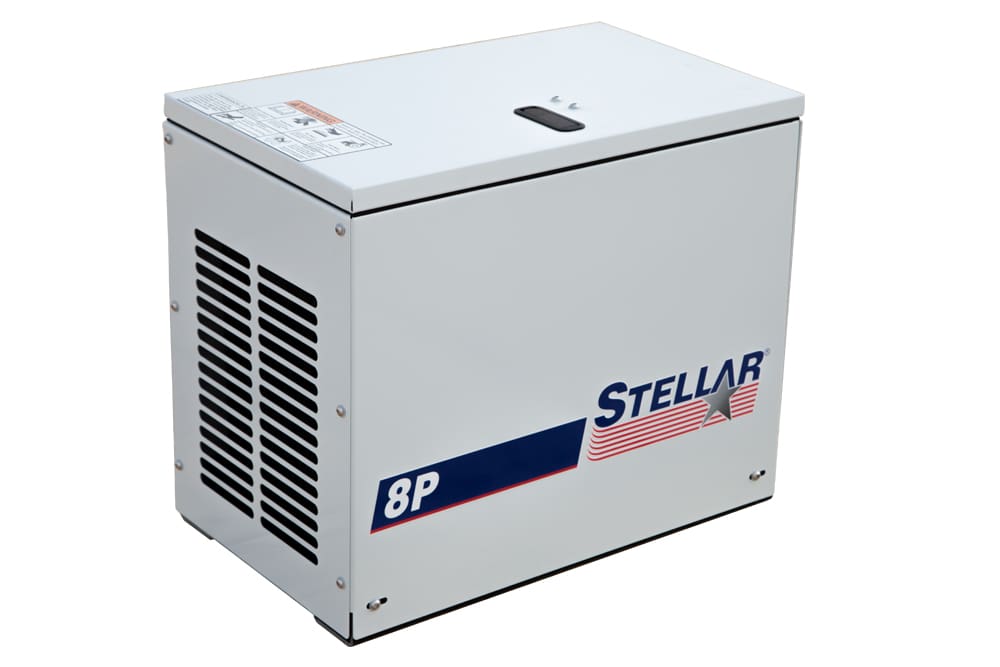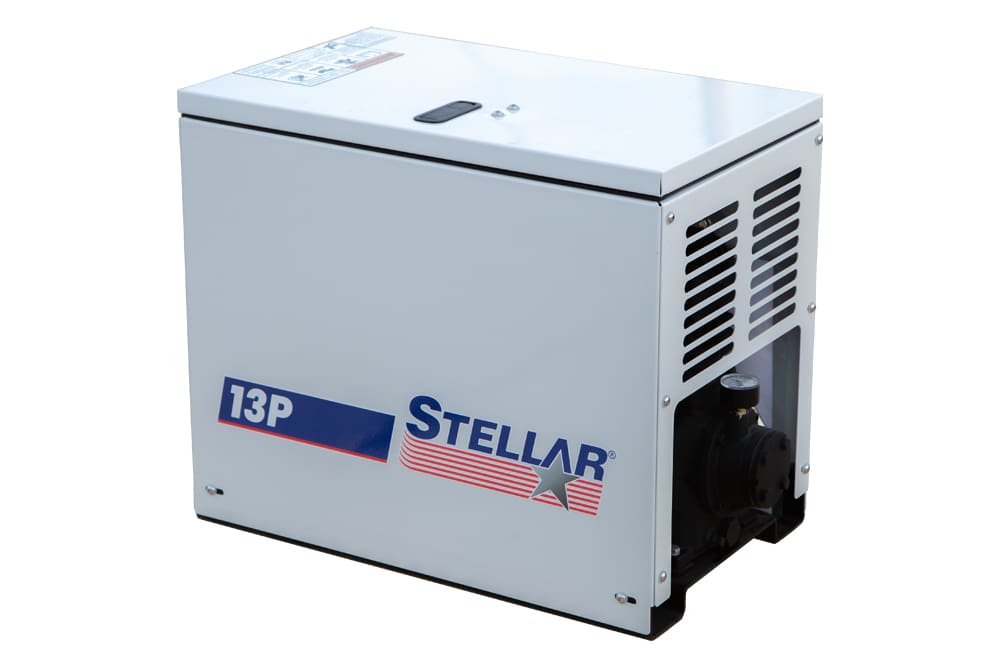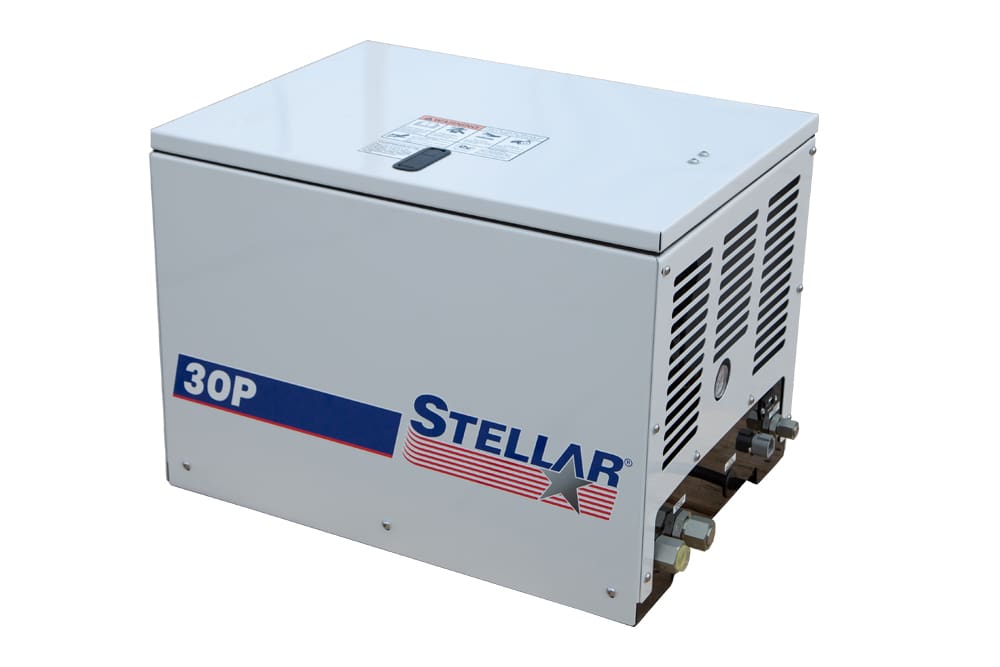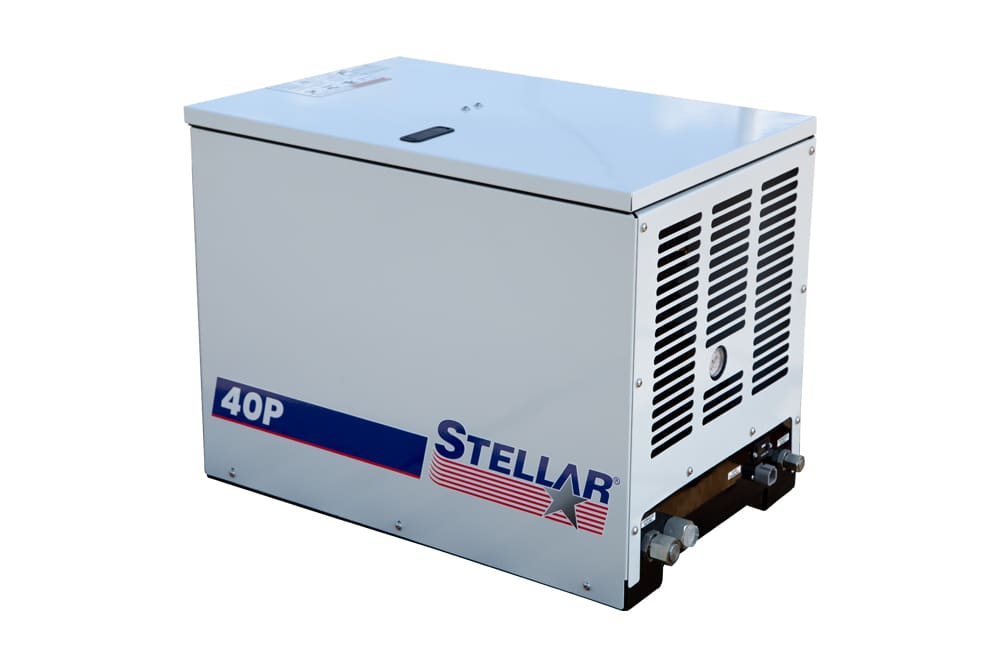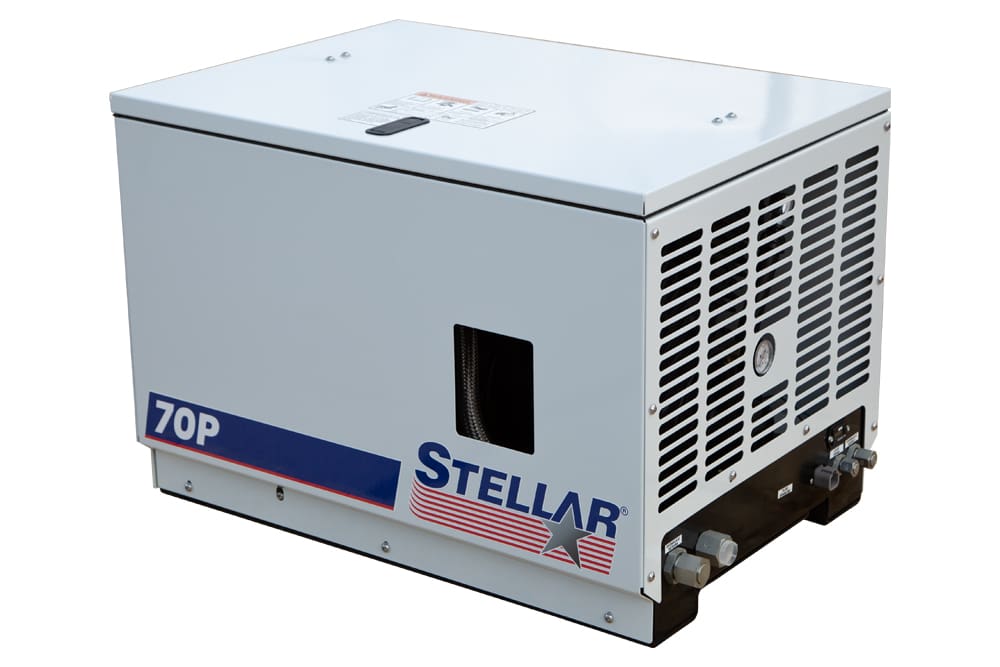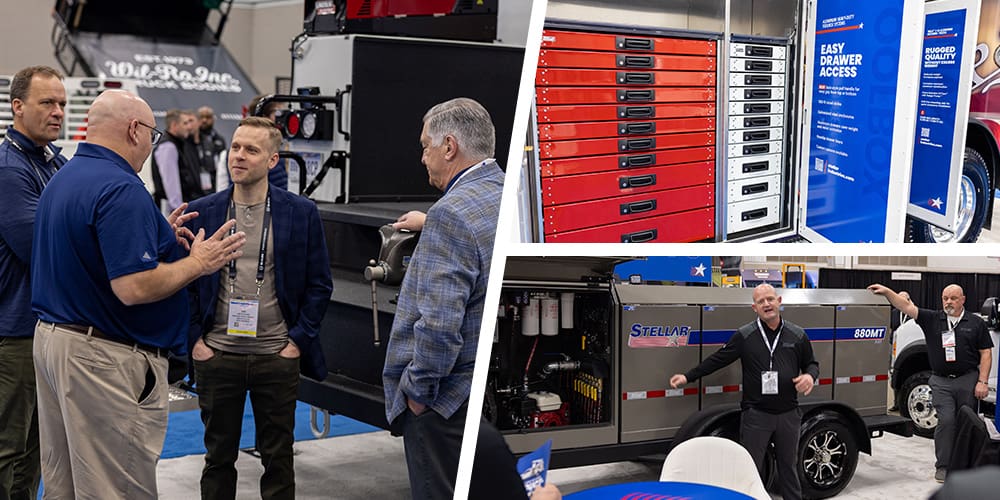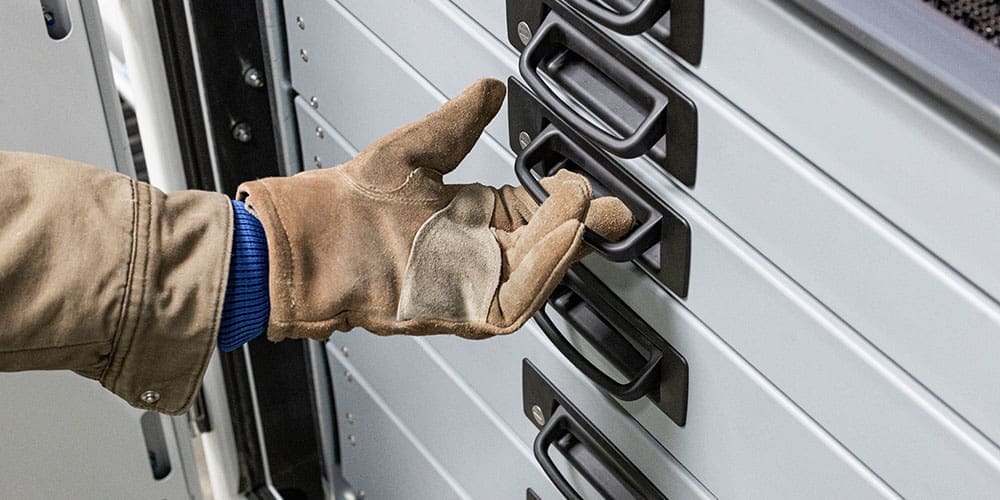Single-Stage Hydraulic Air Compressors
Outfit your truck with onboard air. Truck-mounted air compressors make life easier by offering mobile air on demand, wherever you are, whenever you need it.
Service trucks can accommodate a wide range of air compressors. Having a Stellar Single-Stage Air Compressor onboard your service truck means you can be equipped on the go with as many high-quality pneumatic tools as possible to complete as many types of jobs as possible. Outfitting your truck with a vehicle-mounted air compressor provides a versatile, reliable, surefire way for you to operate the essential air tools you need to get the job done, upping your efficiency and profitability.
Stellar’s lineup, formerly known as American Eagle, includes mobile hydraulically driven single-stage air compressors, two-stage air compressors and rotary screw air compressors. By starting with the most durable compressor pumps available, Stellar uses state-of-the-art technology to manufacture completely dependable and easy-to-maintain truck mounted hydraulic air compressor systems. Rugged and reliable for smooth operation and long life, Stellar’s hardworking service truck air compressors have over a 20-year history of proven efficiency and durability.
It’s important to consider the right type and size of mechanic truck air compressor to handle your routine jobs — it’s just as important as choosing the right tool for the job.
Single-Stage Piston Air Compressors
Stellar Single-Stage Truck Mounted Hydraulic Air Compressors are built for reliability and longevity. They feature:
- Direct drive with no belts to break or adjust
- Cast-iron crankcase and cylinder heads for durability
- High-temperature, precision-ground 4-ring pistons for consistent performance
- Stainless-steel reed valves for long life and heat resistance
- Heavy-ductile iron-balanced crankshaft with heavy duty journal bushings
- Micro-honed connecting rods for smooth operation and long life
- Reciprocating pump
- Canister-type air filters for high capacity and easy changing
- High-capacity hydraulic oil cooler and fan for cooler operation
How Does a Single-Stage Truck Mounted Hydraulic Air Compressor Work?
The process that takes place within a single-stage compressor is as follows:
- Air is sucked into a cylinder.
- The trapped air is compressed in a single stroke with a piston at roughly 120 psi.
- The compressed air is moved onward to a storage tank.
- In the storage tank, the compressed air serves as energy for the variety of pneumatic tools that a single-stage compressor is built to accommodate.

